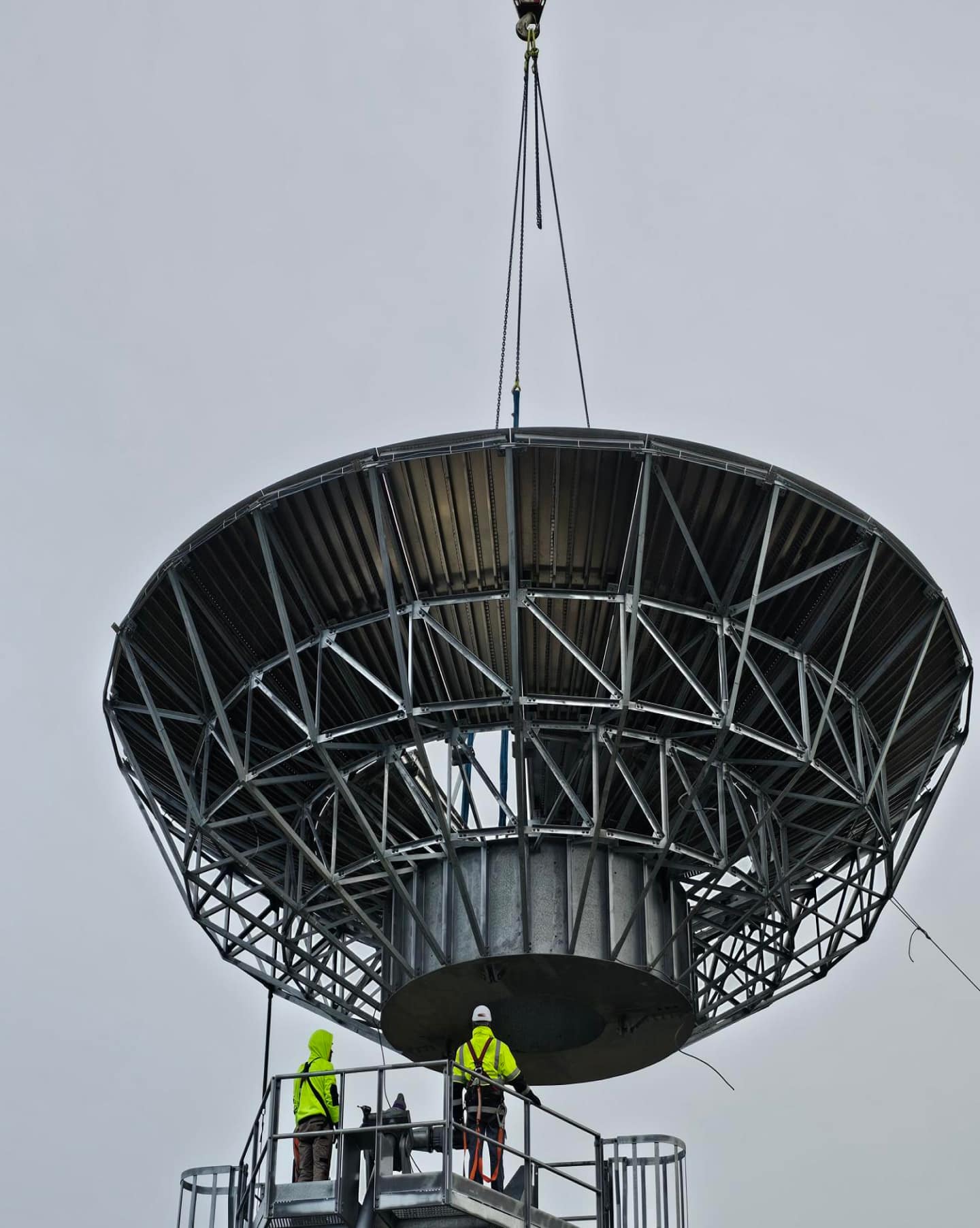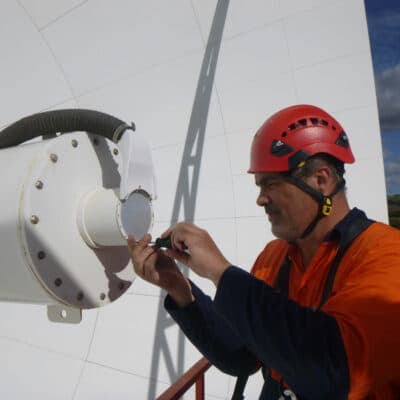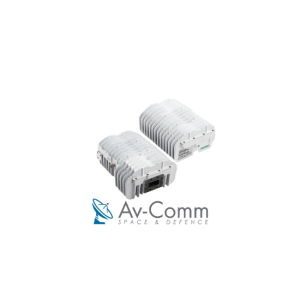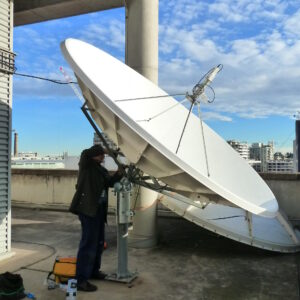Dielectric Plate for Circularly Polarised C Band Satellite Signals
Dielectric plates are used to convert circularly polarised signals to linear polarisation. They work by utilising the difference in dielectric constant between fibreglass (or teflon) and air.
70 in stock
Description
Description
Dielectric plates are used to convert circularly polarised signals to linear polarisation. They work by utilising the difference in dielectric constant between fibreglass (or teflon) and air.
Signals entering a waveguide parallel to the plate will undergo a phase shift different to the signal entering the waveguide at 90 degrees to the plate. This dielectric plate is typically inserted into a C band LNBF and will typically result in halving of signal, which equates to the loss of half of your reflector size. For example if you are receiving a signal with a 3m dish and insert a dielectric plate from receiving a circularly polarised signal the dish will only be able to perform the equivalent of a 1.5m dish.
An alternative method of converting linear satellite signal is to use a waveguide polariser, which doesn’t experience the loss associated with a dielectric plate. A waveguide polariser is a cylindrical device which is stepped to convert the signal from linear to circular. Our F1342 Av-Comm C band polariser is very popular with European and American customers because of its efficiency.
Additional information
Additional information
| Weight | 0.2 kg |
|---|---|
| Dimensions | 11 × 4.5 × 1 cm |
| Frequency Band | |
| SKU | F1343 |
Let us do your dishes for you
Let our team of field-engineers and technicians find innovative and smart solutions to your communications challenges.

















